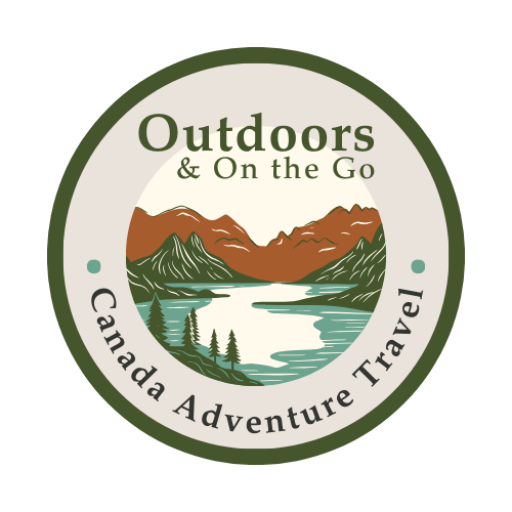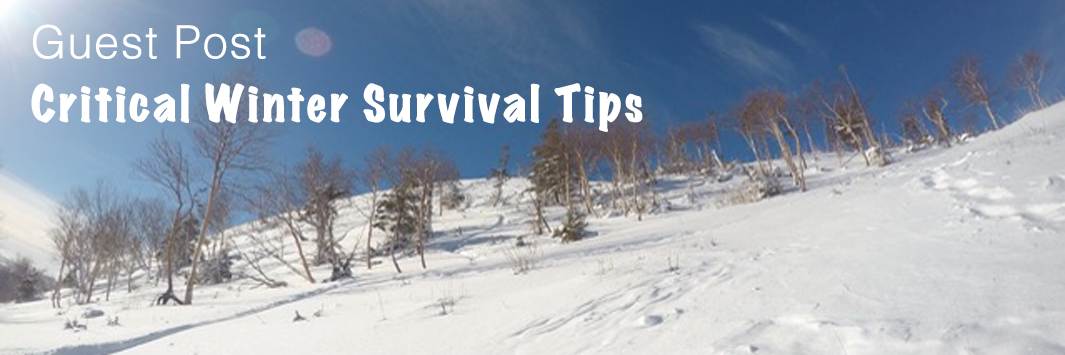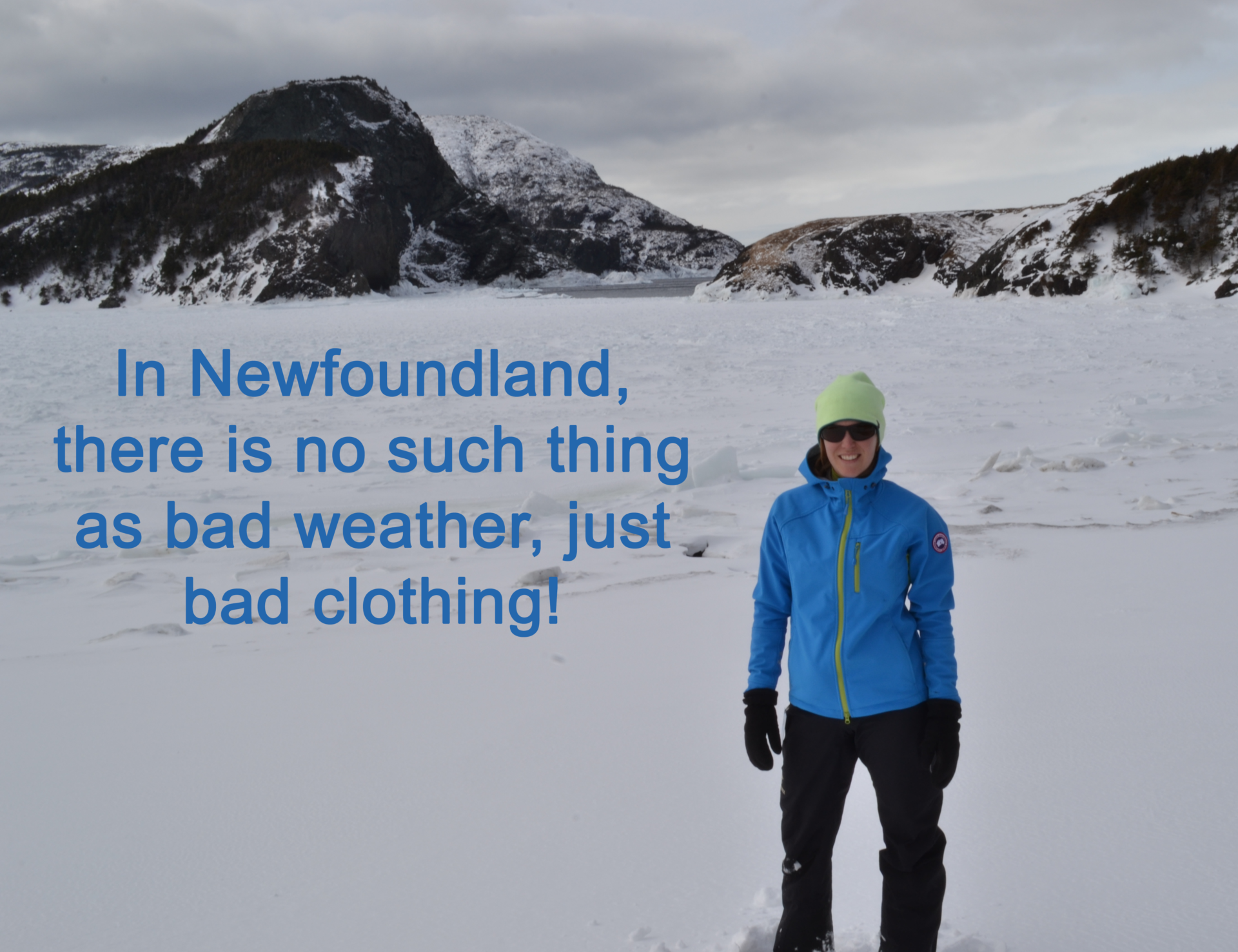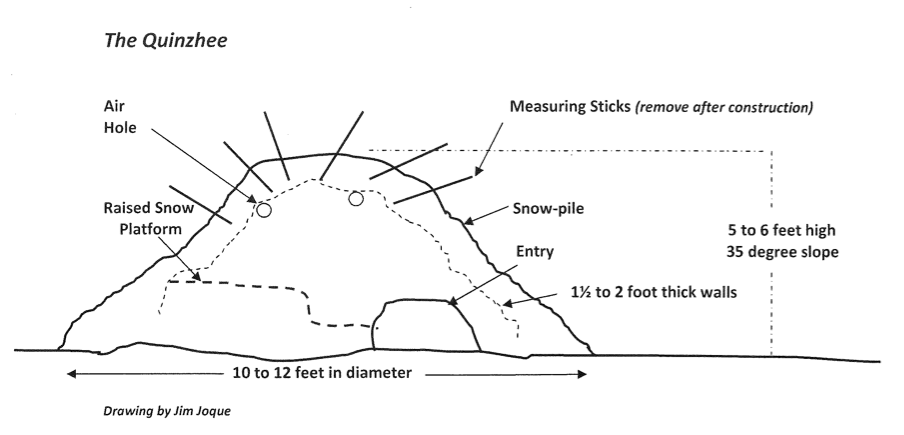Well, winter ain’t over yet in Western Newfoundland so Dan from Survival Sullivan offered to share his tips for winter survival. These winter survival tips could save your life – have a read and share your thoughts in the comments below.
Disclosure: There are some affiliate links below, for which commissions are paid, but these are all products I highly recommend. I won’t put anything on this page that I haven’t verified and/or personally used.
A Few Critical Winter Survival Tips
Whether you’re looking to snowshoe, winter camp or generally spend time outside in the winter, you should take basic precautionary measures to deal with the cold. Failing to do so could leave you facing a number of health issues such as frostbite, dehydration and hypothermia.
So, without further ado, let’s see my top winter wilderness survival tips…
TIP 1 – Dress in Layers
Trivial, right? Nevertheless, many people fail at this and end up paying for it. Dressing in layers is more than just putting on an extra sweater. It’s about making sure your entire body is kept at a steady temperature by adding and removing layers depending on activity level.
What this means is you need to try to stay dry at all times. To do this, you might want to wear light layers or looser fitting clothes, maybe even unbutton a button or unzip zippers to let the airflow as you move. When you stop, though, you should definitely add layers to keep body heat in when you’re not moving.
In below 0C temps, be sure to keep your extremities warm. These are the first parts of your body to get cold. You should plan ahead and wear or at least bring, the following: a warm hat, a scarf or balaclava, warm spare gloves, warm spare socks, warm spare pants and a warm insulating layer. Some people opt to wear a pair of jeans when going hiking – big mistake especially in the winter. “Cotton kills” is the mantra of survivalists and outdoors enthusiasts alike…just don’t go there.
Read Katie’s “How to Dress for Cold Weather Activities“post.
TIP 2 – Prepare Your Backpack for Winter
Many people who assemble their survival backpacks do so after reading one or two checklists on the Internet. The only piece of advice those lists offer however, is to pack warm clothes. That’s it!
There’re a lot more things to be added, the most important items being:
- 1-3 emergency/space blankets. This will ensure you stay warm if you get lost and you’re unable to build shelter.
- a small, lightweight folding shovel
- big, warm winter gloves
- sunglasses (to avoid snow blindness)
- a few tea bags and high calorie snacks
- small pot
Read Katie’s Gear Checklist for a Day Hike post.
TIP 3 – If You Get Lost, S.T.O.P
S.T.O.P
Sit. Think. Observe. Plan.
Once lost, you need to stop and evaluate your situation. Sit and have a snack while you collect your thoughts and take in your surroundings.
If you can trace back your footsteps, you should definitely go back. But if you can’t see them, it’s safer to wait and try signal for help, instead of risking going even farther away. If you stay put, being to prepare camp – build a shelter, collect fire wood and water.
In order to avoid getting lost, make sure you:
- always tell someone where you’re going and when you expect to be back, so if you don’t come back, they can initiate a search. Consider using Adventure Smart’s Online Trip Plan and email it to a reliable person.
- travel into a new area with an experienced guide
- have the right gear to help you go back safely: a GPS, printed maps, a flare gun, an emergency whistle, cell phone, GPS messenger (SPOT/InReach) or marine radio

TIP 4 – Stay Hydrated
If you get thirsty, you can drink melted snow but you have warm it up first. Don’t eat snow and don’t drink ice-cold water because your stomach will have to spend precious calories warming it up first. To melt it, all you need is to add a small amount of water to a small pot/cup/water bottle, then warm it on or near the fire and continue to add more snow to keep melting.
What if there’s no snow? The only two ways of finding surface water are to either use a map or to go to higher ground. As a last resort, you may also want to look for animal tracks; if there are many, they could indicate a nearby water source. Just keep in mind that moving away from your current location when you’re lost could decrease your chances of getting back, or of someone finding you.
TIP 5 – Find (or Make) Shelter
Believe it or not, shelter is even more important than water in a survival situation, particularly if you’re dealing with freezing temperature and high winds. If you decided to stay put and you fear it could be a while, you should definitely worry about making shelter either from snow, tree branches or your tarp. A fire will also be needed.
Snow? You bet. It’s a great insulator and you don’t have to be an expert and build an igloo. Opt for a smaller and easier quinzhee. Simple construction: pile snow and pack it. Dig out a person sized hole! Use branches and bows on the bottom to provide insulation between you and the ground and create a door to keep out the wind. Just keep in mind that making one will also cost you a lot in terms of calories burned.
Read How to Build a Quinzhee by Snowshoe Magazine
Final Word
As you can see, winter, snow and freezing temperatures can make your adventure more difficult than you bargained for and even more dangerous if you get lost. Fortunately, there are plenty of precaution measures you can take to make sure you get back safe and sound. Just remember not to skip the trivial things, it is these that could make the difference between life and frostbite… or worse!
~Dan Sullivan





